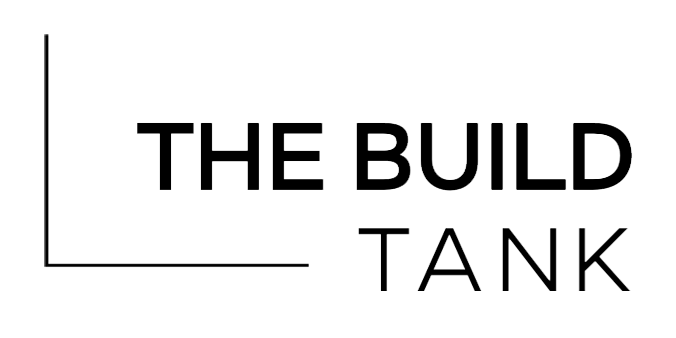Hope Returns First
When it comes to technology platforms, most people have completely lost hope. And for good reason.
They have been asked to use CRMs that not only don’t help much, but often even actively hold them back. Sure, they might know they’re supposed to use it, and sure, they understand the conceptual value of it.
But it usually doesn’t do quite what they need. They don’t really have the training. They don’t have ready access to support. And the data isn’t any good in the first place. So why would they invest their precious time and energy in this thing? They’ve got urgent work to do so they create their own shadow spreadsheets and muddle along.
And what about their website? Sure, the staff know it’s the organization’s front door to the world and they wish they could make great use of it in several different ways.
But it’s hard to get things they need onto the website. It’s hard to collect info from website users that lands in a useful place. There are long, opaque delays waiting for the technical wizards to change or fix things. And those exciting big ideas for what we could do with the website? Good luck with those… maybe you’ll remember to raise them again when we redesign in a few years.
Worst of all, there’s rarely a colleague you can turn to for help who has a realistic shot of helping very much. Maybe there’s a place to submit a ticket? Maybe you can befriend and charm the resident technical wizard to move your request to the top of their overflowing pile?
~
Hope pretty much gets lost, in almost every organization, for what we all once implicitly knew was the power and potential of what great technology platforms could have done to help us. When you first start poking around for signs of hope, it’s typically a pretty bleak landscape.
Fortunately, a surprising thing happens when the right person in the right role starts genuinely asking about people’s pain points, hopes, and dreams.
It’s the hope that returns first.
Hope was lost, yes. But the needs and the ideas and the dreams are right there, just under the surface. They are sitting there in everyone’s brains and on everyone’s desks, just waiting for someone to ask. All it takes is a trusted platform leader who wants to hear and understand those hopes, and who has the ability, capacity, and orientation to deliver on them.
Once you realize that you have a colleague in place who really knows their stuff about the platform, and who actually wants to know how they can help make it better for you…. who’s not making you submit every request through a ticketing system but is seeking out time to hear from you directly, to understand your job and your challenges, to figure out how they can help you solve problems…
After years of frustration, can you imagine how exhilarating and hopeful that would feel?
Between you and your colleagues there is a gold mine of ideas about how your technology systems can help make your work more effective, your organization more effective, make better use of everyone’s time, engage more people, raise more money, have more impact, transform more lives.
Up until now there’s been nothing to do with that information but feel frustrated. And now the person in charge of the platform is actively seeking you out for those ideas, not just once but repeatedly, consistently? And you’re starting to actually witness tiny steps of progress towards making them happen? Is this real?!?
Of course it’s not as easy as just asking. Once they start asking around, those platform leaders will realize that the sum total of the latent needs and hopes represent an intensely ambitious climb ahead, and most likely that climb starts with extracting from a pretty serious ditch. It’s a puzzle of great complexity that typically requires an ambitious multi-pronged battle plan. This stuff isn’t simple – if it was you wouldn’t have these pain points in the first place.
On the other hand, your platform leaders don’t need to deliver on every single need or hope from day one. It’s about having someone strategic and empathetic enough to understand the needs along with the possibilities of their platform, to be smart and opportunistic about how and what can be delivered when, and then to communicate frequently and transparently all around. It’s about having a trusted, authentic, skilled broker who is tirelessly seeking to help colleagues accomplish what they need, and to help the organization fulfill its mission, ever better, every day.
But it all starts with asking and communicating. With talking in human language, and with the unwavering determination to help.
When you start engaging in that kind of authentic, human, technology leadership, the potential comes roaring back. Along with a renewal of hope that better days are ahead.

